Vladimir Putin devoted one-third of his March 1 state of the union speech to new Russian weapons systems, particularly nuclear weapons that could strike the United States. What he said is worrisome, in part because it suggests he remains obsessed with things nuclear at a time when U.S.-Russian relations are already tense.
Remember, however, that the Russian presidential election takes place on March 18. Mr. Putin aimed his speech primarily at his domestic audience. With little to offer to improve the life of the average Russian, he opted to hype the American threat, show some shiny new missiles, and portray himself as defender of the Russian motherland.
Here come the nukes
As in Washington, the state of the union address is an annual event in Moscow. After the first hour’s lackluster talk devoted to economic and domestic statistics, Mr. Putin launched into a presentation of Russian nuclear-armed systems, complete with video graphics that combined footage of real missiles with sometimes cartoonish simulations. One showed the Sarmat intercontinental ballistic missile (ICBM) winging its way over the South Pole to avoid U.S. missile defenses and fling multiple warheads at what looked an awful lot like the southern half of Florida. Maybe Mar-a-Lago?
The Sarmat ICBM at least would be limited by the 2010 New Strategic Arms Reduction Treaty (New START). Mr. Putin also described—and showed videos of—four other nuclear-armed systems, some still in development, that would not be subject to either New START or the 1987 Intermediate-range Nuclear Forces Treaty:
- Avangard hypersonic glide vehicle, to be launched by an ICBM and “glide” at very high speeds along the upper atmosphere, maneuvering to avoid missile defenses;
- Kinzhal hypersonic air-launched cruise missile;
- An intercontinental undersea drone (think of a nuclear-powered, long-range torpedo armed with a nuclear warhead); and
- A ground-launched, very long range cruise missile that would be both nuclear-armed and nuclear-powered (one wag has already dubbed it the “Flying Chernobyl”).
Unnecessary and irresponsible
Mr. Putin happily showed the videos and invited the Russian public to propose names for the new weapons. These weapons, however, are hardly necessary. Russia currently deploys more than 1,400 strategic nuclear warheads and has thousands of other nuclear warheads in storage. Russia is also modernizing its strategic triad, producing new ballistic missile submarines, new submarine-launched ballistic missiles, new intercontinental ballistic missiles (including the Sarmat) and new air-launched cruise missiles. It also plans to reopen production of the Blackjack heavy bomber.
The Russian military has, and will have for the foreseeable future, the ability to destroy the United States as a functioning state, with or without the new weapons. Just as the United States has and will have the ability to destroy Russia. That’s why we hope nuclear deterrence will continue to work.
Mr. Putin’s nuclear rhetoric—he does seem to have something of a fixation on things nuclear—comes when U.S.-Russian relations are at a post-Cold War low. His speech certainly will not lower tensions between the two nuclear superpowers. It will only encourage those in the Pentagon who push for new U.S. nuclear arms.
But to whom is Mr. Putin speaking?
The Russian president certainly intended to be heard in Washington. But it is important to remember the political context. His primary audience was the Russian public.
His primary audience was the Russian public.
Russian voters go to the polls in 16 days. Mr. Putin faces a very weak field of opponents and will handily win reelection to a fourth term. No one has the slightest doubt about that. The Kremlin, however, worries that low turnout—why bother to vote if Putin already has it in the bag?—would suggest the public is losing faith in him.
The Kremlin thus decided to reschedule the state of the union speech—normally given in early December—for March 1 and made it Mr. Putin’s main campaign appearance. The Russian president has declined to take part in televised debates with his opponents.
The problem for Mr. Putin is that he had little good news to share with the average voter. He cannot tell a positive economic story, though he did suggest that the country’s gross domestic product could increase by 50 percent over the next six years. No one believes that. After contracting in 2015 and 2016, the Russian economy grew by less than 2 percent in 2017. Virtually all forecasts predict continued stagnant growth.
So, with little to offer on the domestic front, Mr. Putin decided to use the American bogeyman, a ploy he has played before. Repeating his oft-told narrative of the United States ignoring Russian interests, he showed videos of his Sarmat, Avangard, and other weapons in order to portray himself as defender of the Russian motherland. That won applause from his audience. This kind of thing plays well with his political base.
Washington has to pay attention to the speech but happily does not seem inclined to overreact. That’s good. U.S.-Russian relations have enough problems.
One last observation: Mr. Putin’s speech set up an interesting contrast with President Donald Trump’s tweets. Mr. Trump hammers home the line “JOBS! JOBS! JOBS!” to appeal to his base. Mr. Putin’s appeal to his base appears to be “MISSILES! MISSILES! MISSILES!” It is somewhat sad that he chooses to cite nuclear weapons, not economic or other achievements, as the standard of Russia’s greatness.
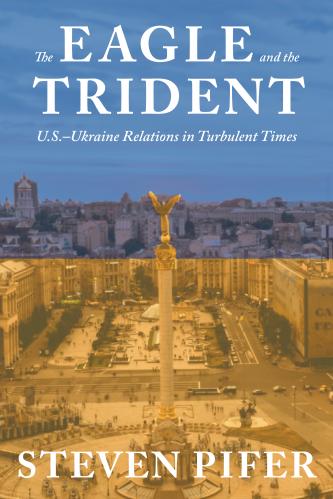
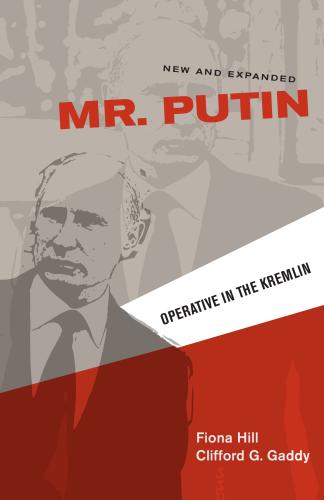
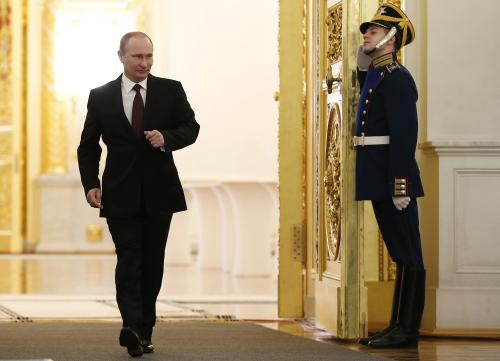
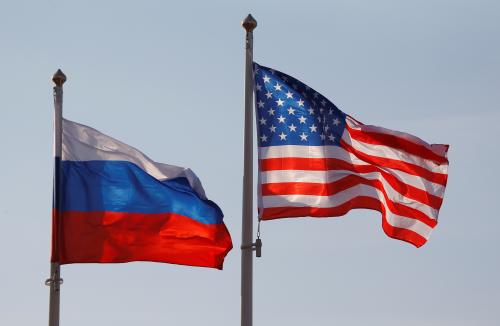
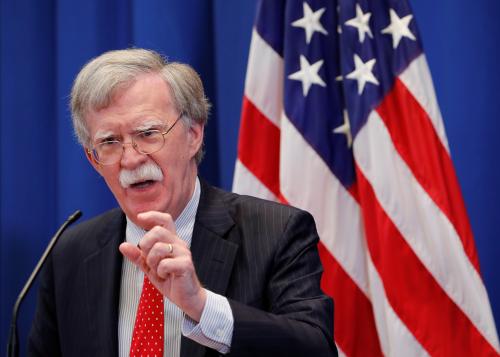


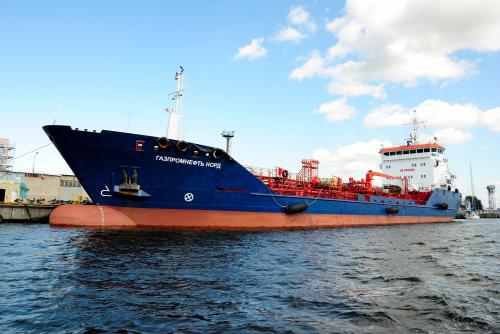

Commentary
Putin on the nukes
March 2, 2018